19980708-grazda-mw01-collection-001
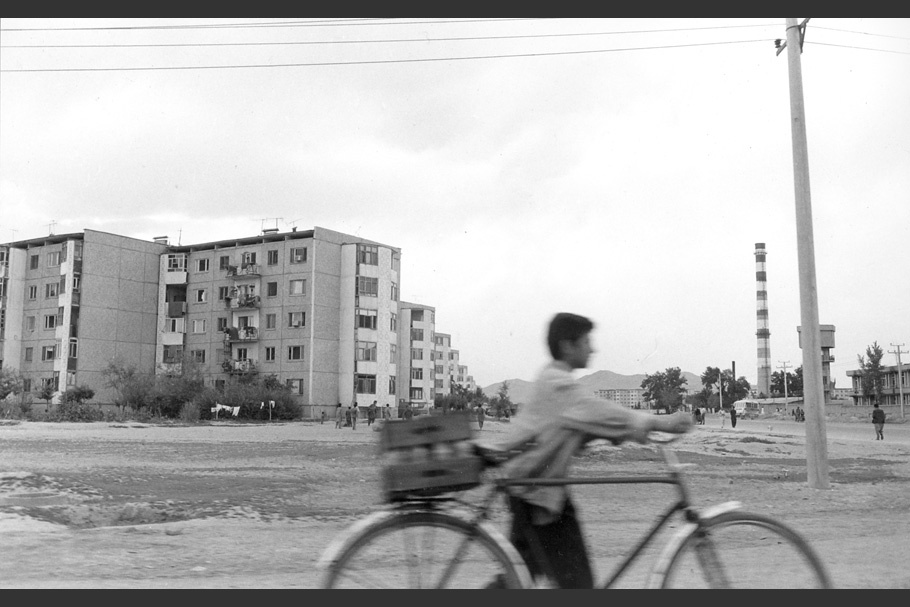
Macroroyan apartments, Kabul, 1992.
19980708-grazda-mw01-collection-002
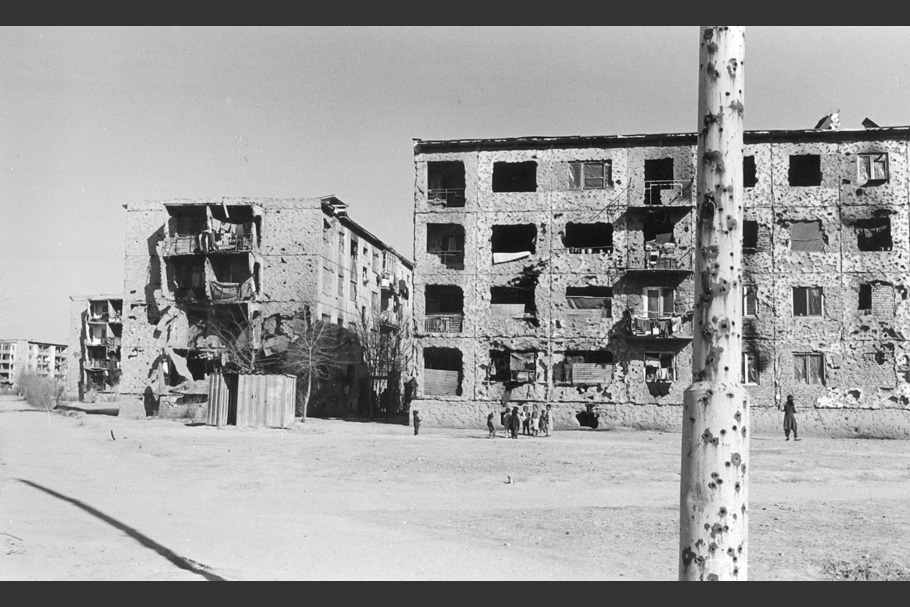
Macroroyan apartments, Kabul, 1997.
19980708-grazda-mw01-collection-003
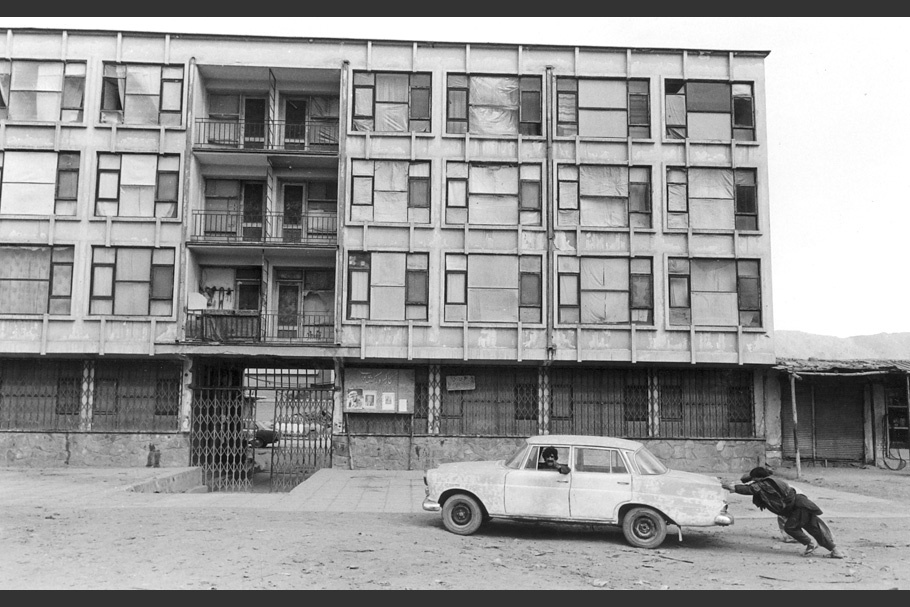
A building in Kabul, 1992.
19980708-grazda-mw01-collection-004
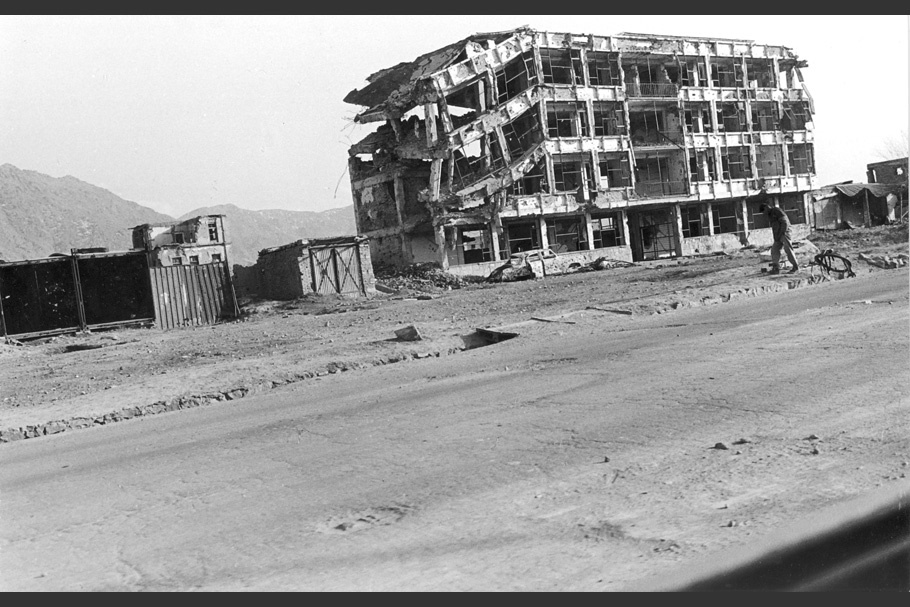
The same building, Kabul, 1997.
19980708-grazda-mw01-collection-005
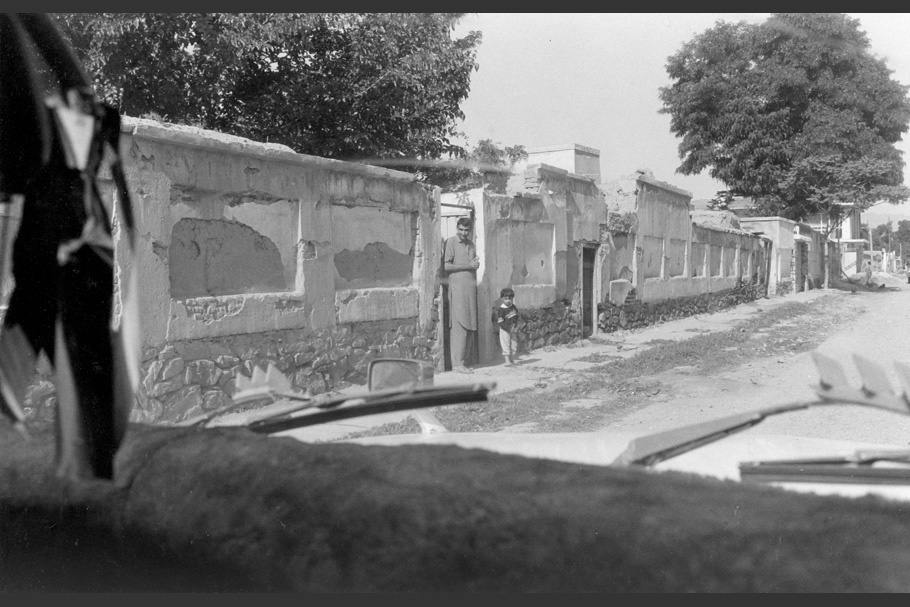
Azim’s house, Catre Char, Kabul, 1992.
19980708-grazda-mw01-collection-006
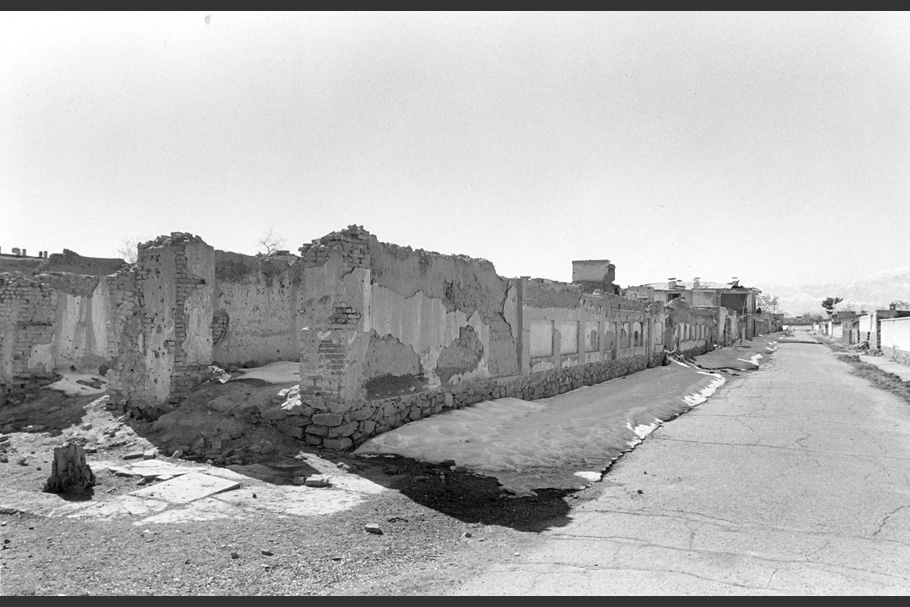
Azim’s house, Catre Char, Kabul, 1997.
19980708-grazda-mw01-collection-007
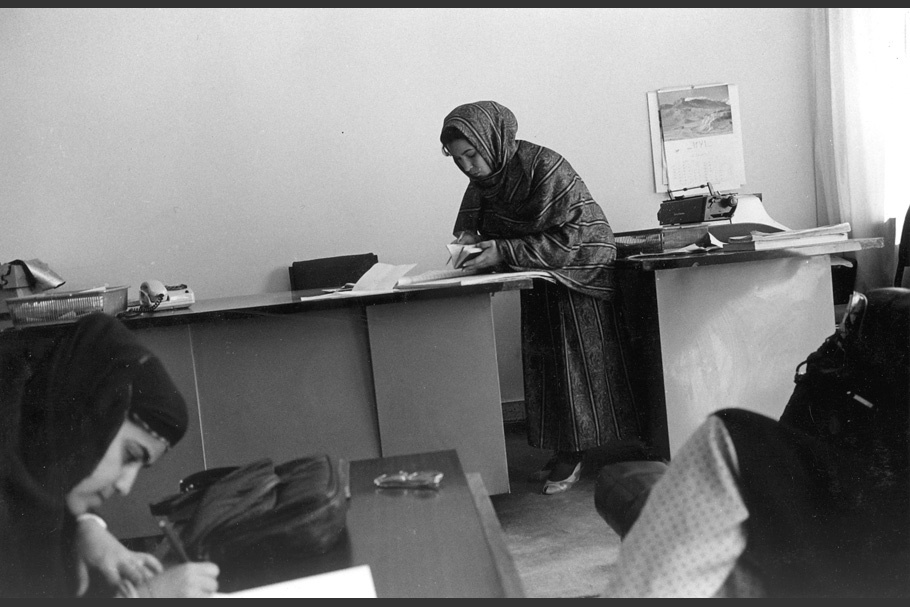
Women working at Foreign Ministry office in Kabul, 1992.
19980708-grazda-mw01-collection-008
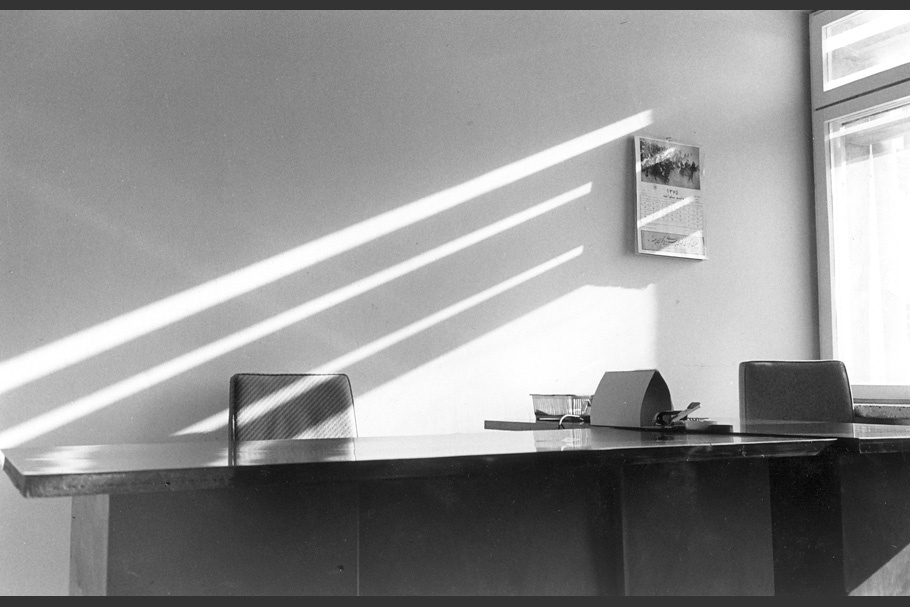
The same office during Taliban rule, 1997.
Born in Flushing, Queens, Edward Grazda studied photography at the Rhode Island School of Design. During the 1970’s he photographed in Latin America. Since 1980 he has photographed Afghanistan and Pakistan. He is the author of Afghanistan Diary 1992-2000 (PowerHouse Books, 2000) and Afghanistan 1980-1989 (DerAlltag, 1990). His work has appeared in The New Yorker, Vanity Fair, Double Take and Granta and is in the collections of The Metropolitan Museum of Art, The New York Public Library, The San Francisco Museum of Modern Art and MOMA among others. He has received grants from The New York Foundation for the Arts and the National Endowment for the Arts, and has been a MacDowell Colony Fellow four times. NY Masjid: The Mosques of New York with text by Jerrilynn Dodds and photographs by Edward Grazda was published by PowerHouse Books in May 2002. He continued to photograph in Afghanistan until 2004, and has recently been photographing in Oman (2005-2006), and the American southwest. In 2009, with Jeff Ladd and Valerie Sonnenthal he founded errata editions—a publishing company dedicated to making important rare photo books accessible with its books on books series. He teaches at The International Center of Photography in New York and continues to photograph.
Edward Grazda
I first photographed in Kabul in June 1992. At that time, the city was relatively undamaged by the Soviet occupation and the ten years of continuous war. By the end of June, the coalition Mujahideen government that had overthrown the Communists broke down and factional fighting started.
I returned to Kabul in 1997 when the Taliban were in control. By then, the fighting had destroyed most of the city. I photographed a number of places that I had captured five years earlier, including the family house of my oldest Afghani friend in the Karte Char neighborhood of Kabul. A week after I left, the Taliban banned all forms of photography.
These pairs of pictures show “before” and “after” scenes in Kabul: before the Civil War (1992-1996) and after. While Kabul was not damaged during the Mujahideen’s war against the Russians, it suffered greatly during the civil war, when fighting raged between the rival Mujahideen groups. Civilians and building were the targets, and much of Kabul was destroyed.
—Edward Grazda, July 1998